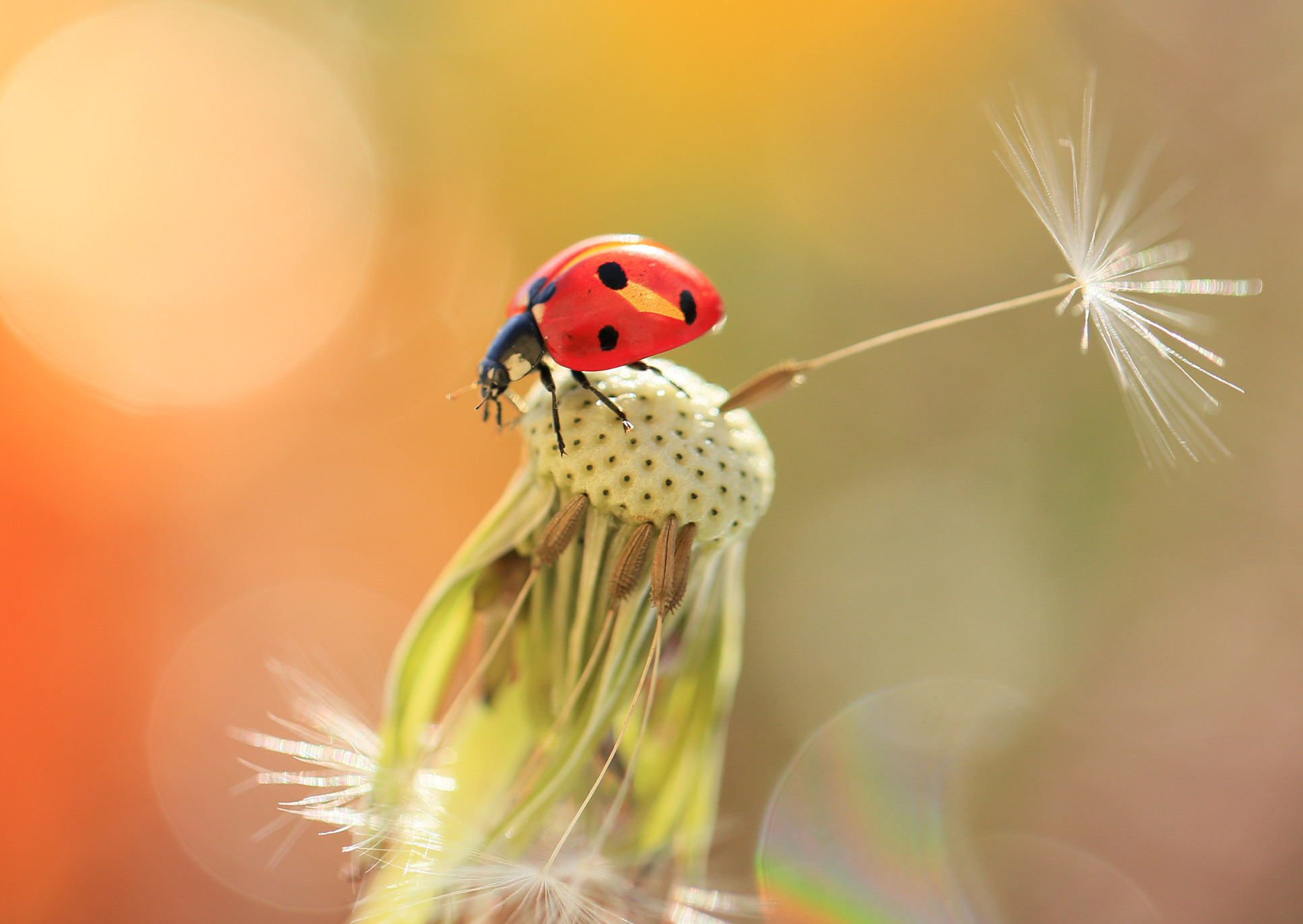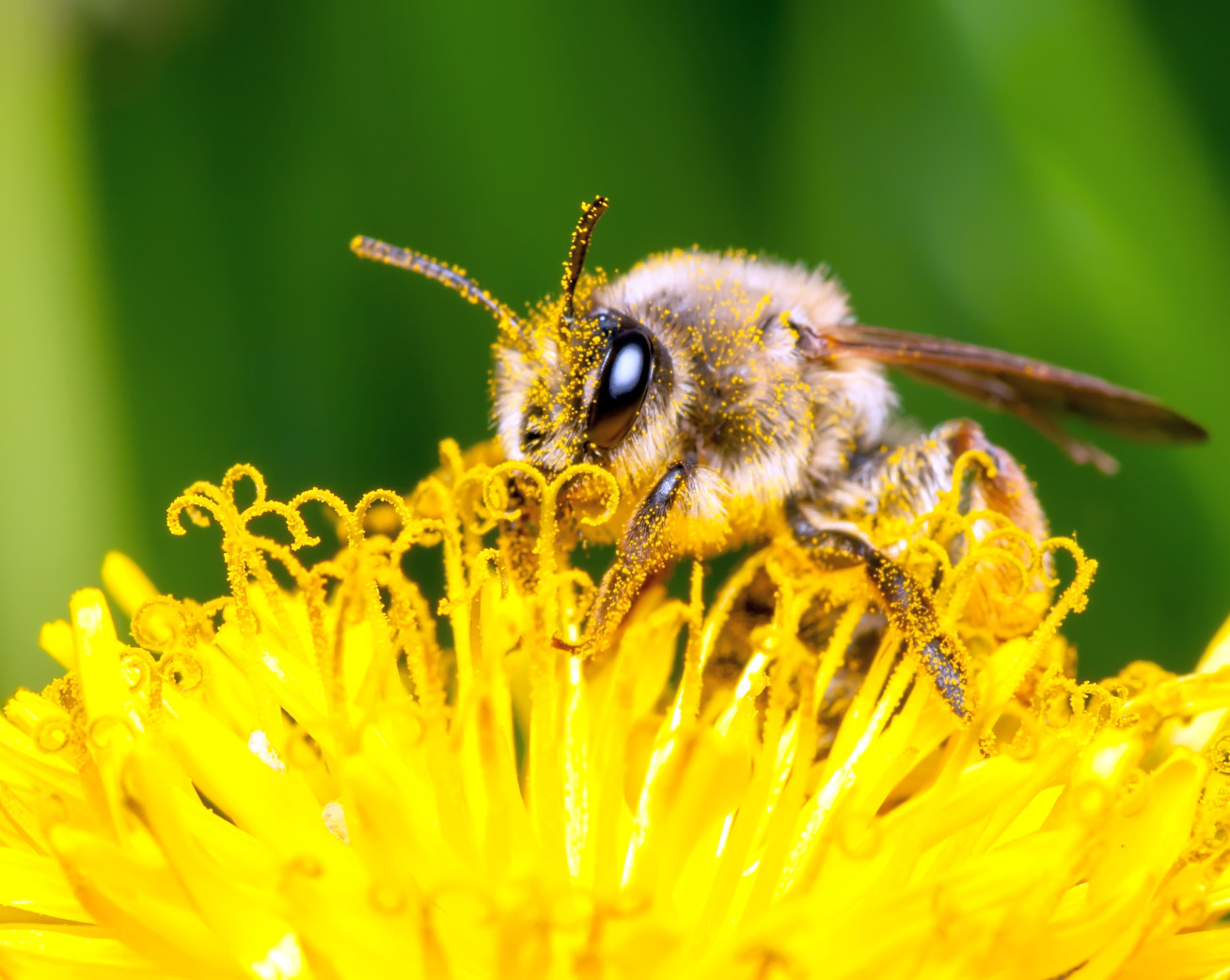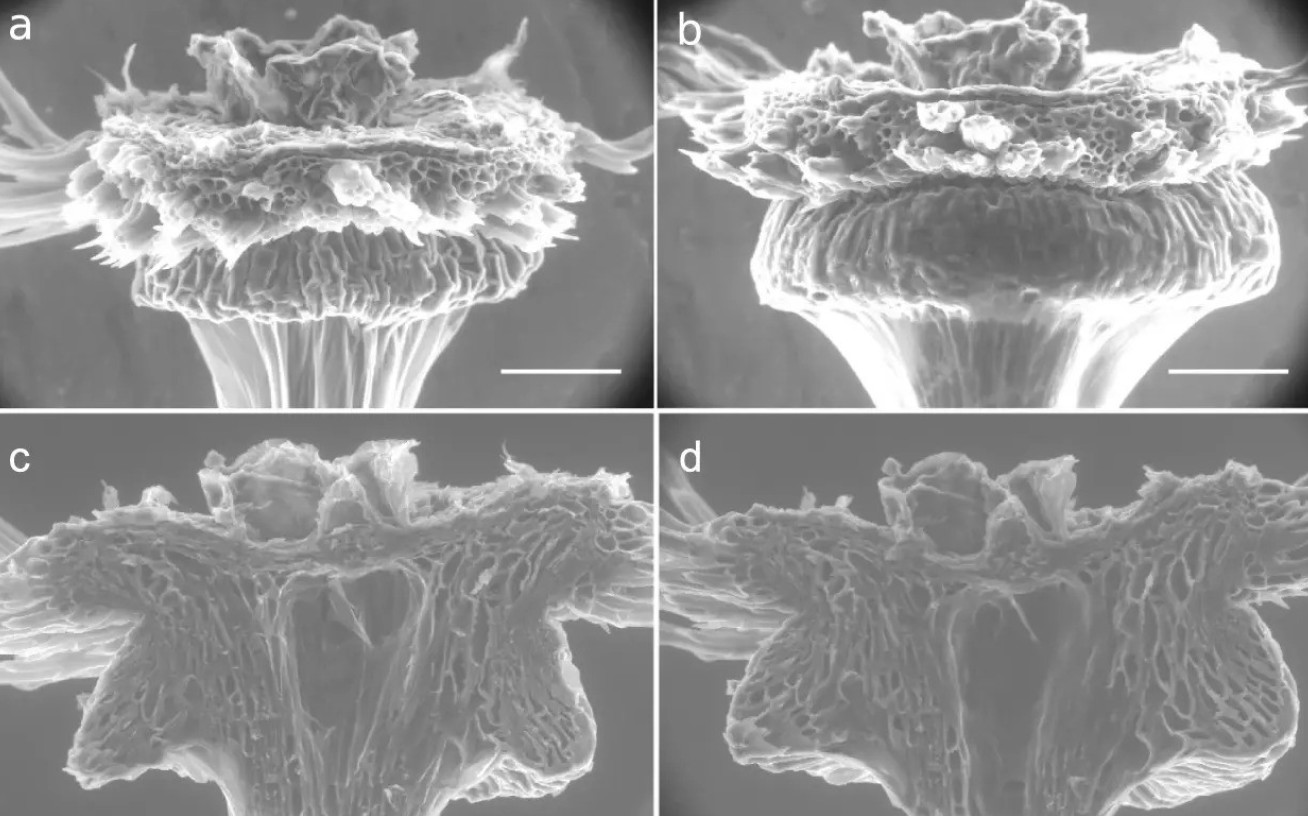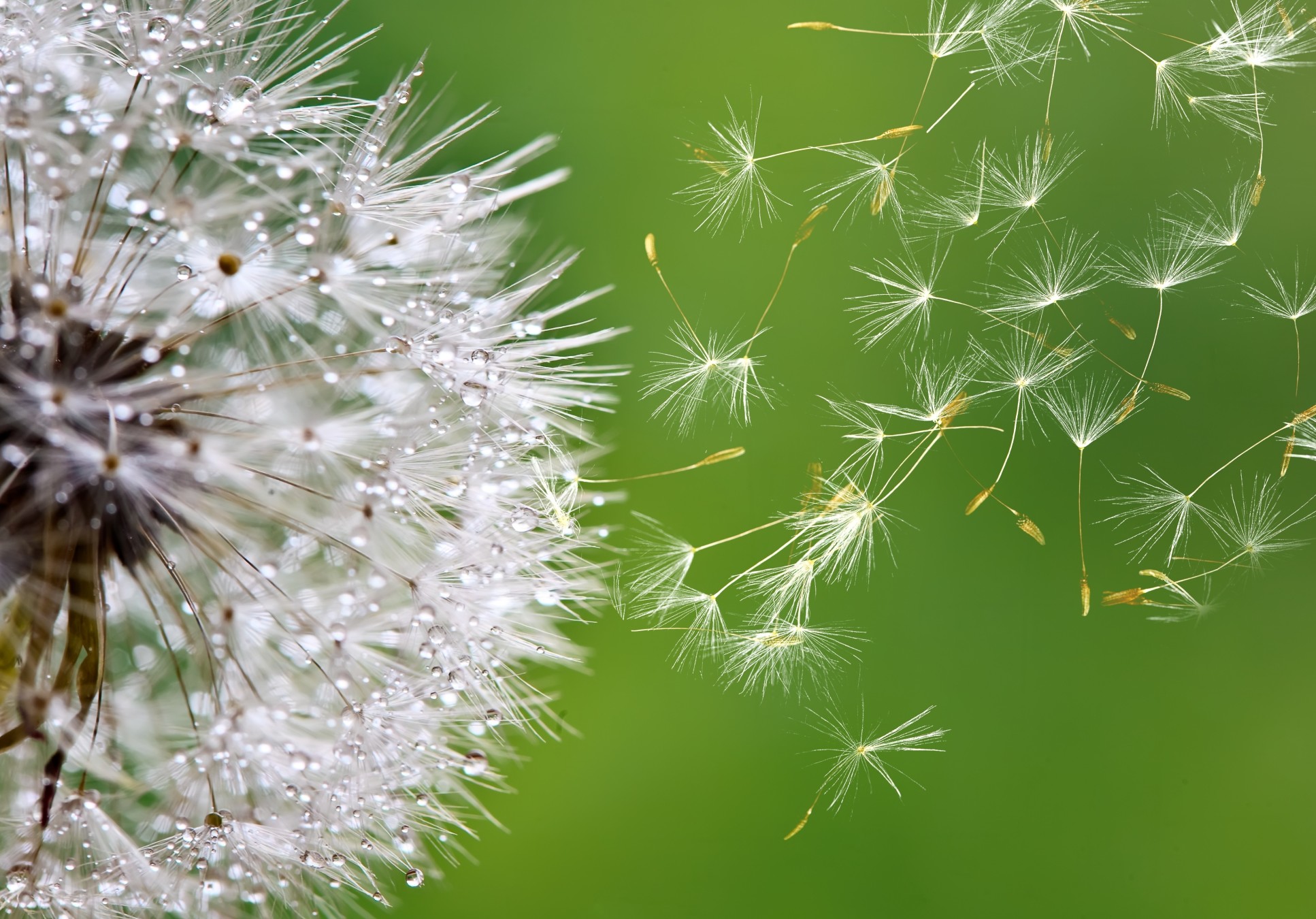Engineers uncover secret ‘thinking’ behind dandelions’ seed dispersal
High on sunshine, humans often decide when dandelions get to spread their species - but the puffballs have their own ideas on how best to proliferate.
Knowing what causes dandelions to spread could help us understand how the plants respond to climate change, and could even help us design new ‘soft’ robots.
Known for their fluffiness and uncanny ability to help children tell the time, dandelions provide essential early-Spring food for pollinators like bees, birds, butterflies, and moths.

Their seeds are some of the best flyers in nature, catching the wind and spreading as far as 100 kilometres. Part of how they do this is by tuning their flight depending on the weather.
We reveal how the dandelion ensures the survival of its species by making perhaps the most important decision in a plant’s life – to stay or go seek a better habitat. Dr Naomi Nakayama Department of Bioengineering
However until now, nobody knew how they sense and respond to their environment so effectively.
Each dandelion seed is tethered by a thin tube to around 100 bristles, which form the parachute-like structure.
When seeds break free from the flower head, these bundles of hairs catch the wind and carry their seeds.
This hairy parachute closes when the air is humid, which often means the wind is weak. In drier, more windy conditions, dandelions widen their parachutes to better catch the wind so the seeds can fly freely.
Now an international team including Imperial researchers has uncovered the biomechanical ‘decisions’ behind dandelion seed dispersal.
Gone with the wind
Their work, published in Nature Communications, found the seed-carrying parachutes open and close, as in the GIF below, using something like actuators – devices that convert signals into movement – without active input of energy.
Imperial author Dr Naomi Nakayama of the Department of Bioengineering who led the work said: “We reveal how the dandelion ensures the survival of its species by making perhaps the most important decision in a plant’s life – to stay or go seek a better habitat.”

The centre of the parachutes senses the humidity of their immediate environment by absorbing water molecules from the air.
Responding to these humidity signals, they ‘decide’ to either open their parachutes and fly away, or to close their parachutes and stay put.
They also found that the actuator has a unique radial, tube-like design to which the parachute hairs are attached to ensure simultaneous movement. The actuator changes its shape to either open or close their parachutes.
Researchers at Imperial, the Universities of Edinburgh, Oxford, Lyon and École Polytechnique de Paris, investigated this using their combination of expertise in plant biology and mechanical engineering.
They placed dandelions into a bespoke, humidity-controlled chamber to study the effects of humidity on the parachute base. They measured humidity’s effects on the actuator using multiple imaging techniques, including an environmental scanning electron microscope.
They found that parachute opening is modulated by the level of humidity in the atmosphere: higher humidity triggered swelling in the actuator, as in the GIF above, and mechanical movement of hairs upwards, which closed the parachutes.
Some regions of the actuator swelled noticeably, whereas others, such as the vasculature, barely changed. They observed that the actuator shape change was caused by uptake and release of water droplets, creating a crease in the area the parachute hairs are attached.

They then built a structural computer model of the actuator accounting for these differences and for forces associated with changes in hydration level.
Their model agreed quantitatively with most observations, which indicated that differences in capacity to absorb water is key to actuation and therefore parachute opening and closing.
Inspiring future robots
Our work is a great example of what the natural world can teach us about interacting with our environments. Dr Naomi Nakayama Department of Bioengineering
Plant structures can serve as important inspiration for soft robotics as, like plants, these robots don’t use joints or rigid parts to move appendages.
Finding out how dandelion parachutes respond to their environment by moving many appendages simultaneously could help engineers create robots that move multiple fingers and arms with very simple yet functional designs.
The way the dandelion actuator changes shape in some regions but not others can also teach us about mechanisms of shaping and movement in soft robots and biological tissues.
Dandelion dispersal greatly influences urban and rural ecosystems, and knowing how their flight respond to the environment helps us predict the effects of changing climate.
Dr Nakayama added: “Our work is a great example of what the natural world can teach us about interacting with our environments. It’s also a fantastic piece of multidisciplinary collaboration: bringing varying disciplines together to spark new ways of investigating biological and engineering problems.”

“Dandelion pappus morphing is actuated by radially patterned material swelling” by Madeleine Seale, Annamaria Kiss, Simone Bovio, Ignazio Maria Viola, Enrico Mastropaolo, Arezki Boudaoud & Naomi Nakayama, published May 2022 in Nature Communications.
Main image: Shutterstock
Image 1: Shutterstock
GIF 1: Maddy Seale
Image 3: Shutterstock
GIF 2: Maddy Seale and Jim Buckman
Image 4: Maddy Seale and Jim Buckman
Image 4: Shutterstock
Article text (excluding photos or graphics) © Imperial College London.
Photos and graphics subject to third party copyright used with permission or © Imperial College London.
Reporter
Caroline Brogan
Communications Division